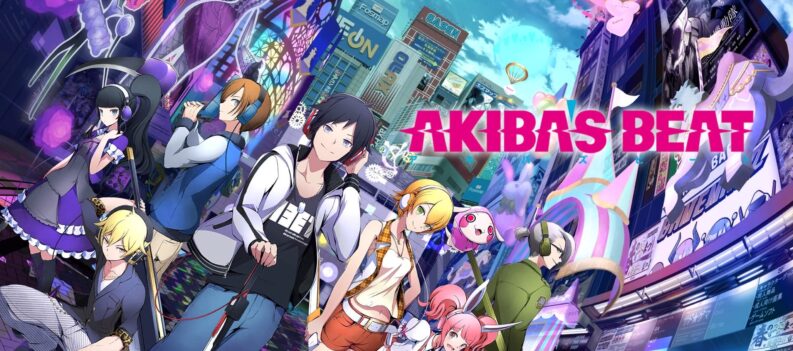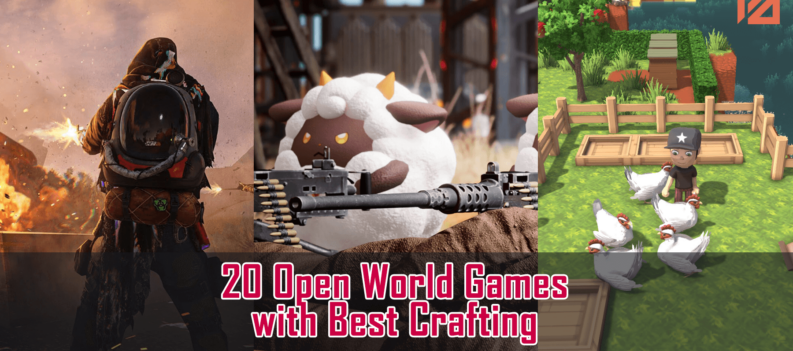Portal Knights finally makes its way to console after doing the rounds on Steam for the best part of a year, and at first glance it does look like any other Minecraft clone – mine blocks of resources, use them to build and craft items which then allow you to mine further blocks and build more resources – but it brings enough new features to the table and then bundles them all together with enough charm and style to make it stand out from the crowd.
The main draw Portal Knights has over other games of the same ilk is up front and center from the get go – it wants to be the crafting game’s RPG, albeit a simple one. Starting Portal Knights for the first time you are tasked with creating your character, choosing all the standard fare such as name and hair style and colour, alongside a character class. Portal Knights offers three classes to choose from – Ranger, using bows and best at range, Warrior, dealing close up damage with axes and swords, or Mage that specialise in spells fired out from their wand. Alongside the combat differences that each class offers, the equipment that they can craft and wield once out and about mining differs too, alongside their base attributes and skills, which is the first of many differences that Portal Knights throws into the crafting-mix.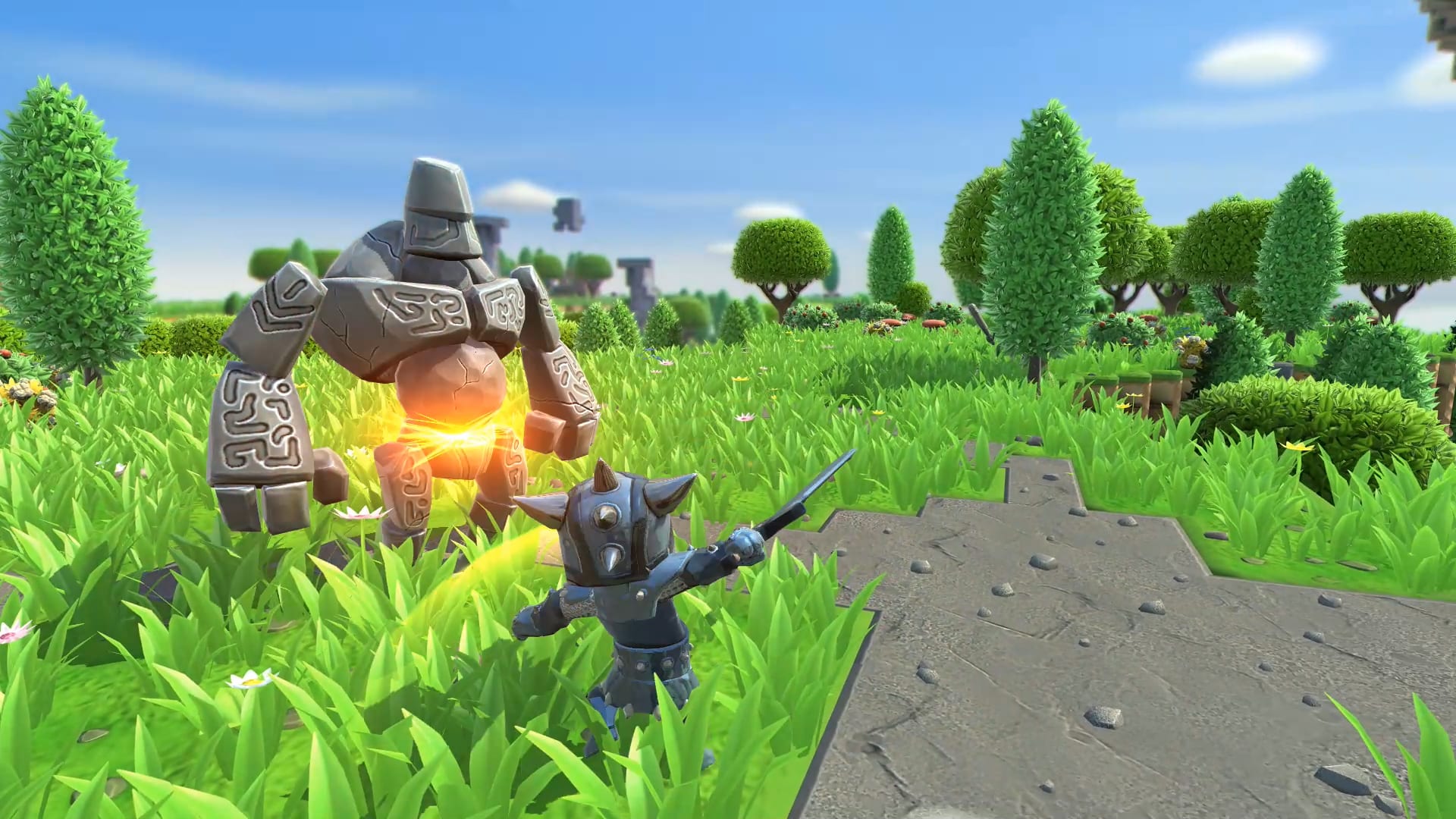
The gameplay itself is your standard fare – you start out on a floating world populated with varying flora and fauna to be discovered and smashed to see what juicy tidbits pop out of them in the hope of crafting something useful. The worlds themselves are cutesy and colourful, and reminded me of fairy tales in their aesthetic which suits the game perfectly. The opening tutorial world does a great job of introducing you to the basic concepts such as how to mine, craft and battle, alongside the knowledge to build and employ portals. These are a crucial gameplay element, the clue being in the title, and allow you to travel to different floating worlds, which serve as Portal Knights’ version of biomes. These offer up different items and resources to mine or collect from slain enemies, with some trickier enemies holding the rarer gear.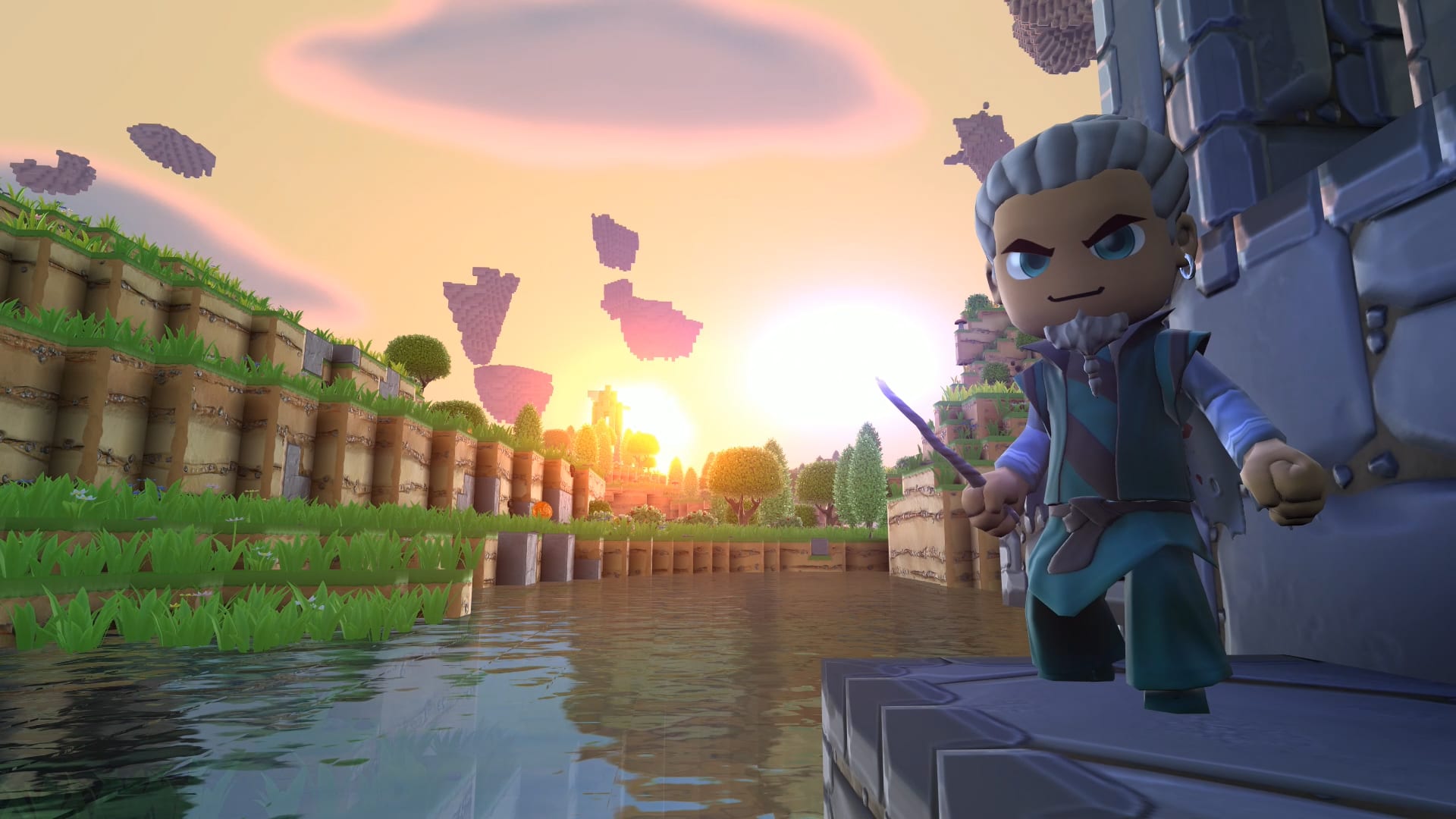
The portals themselves are hidden around each world waiting to be discovered and then activated by placing specific coloured cubes inside them, which can be crafted by collecting orbs dropped by enemies. These worlds are all linked, and you can travel between discovered worlds at will or instantly teleport to your home if you wanted through a crafted portal, and this home world can be set to any of your previously discovered worlds should you stumble on a nice comfy looking one. If you wanted you could start out on the opening world and stay there, doing a fairly decent job of equipping yourself with some basic gear and items, but where’s the fun in that? Portals allow you to hop between these floating islands, exploring what each one has to offer in the way of treasure and enemies that may be lurking in their depths.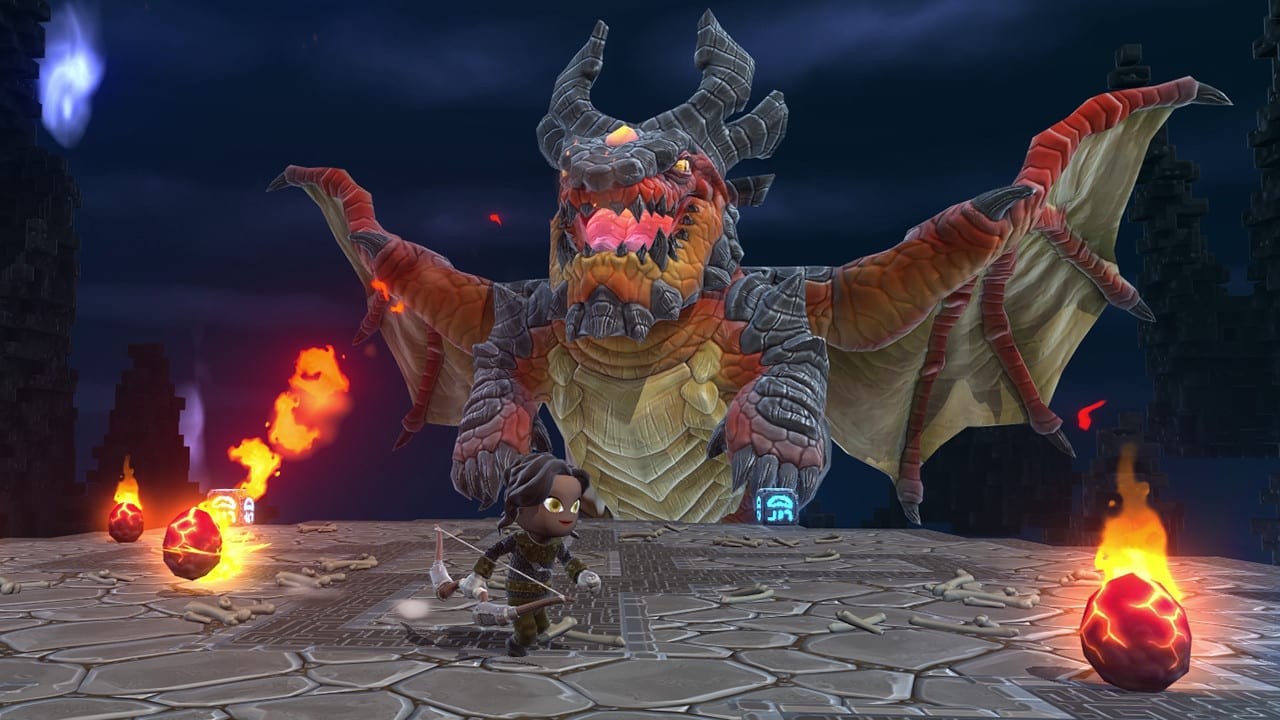
Venturing out into the big bad is fun, and I spent my first few hours merely exploring the first few worlds I stumbled across, crafting and mining placed firmly on the back burner. Dungeons can be found in the form of caves or various settlements, with a variety of enemies that offer up items and experience when defeated. It is this aspect that drew me the most to Portal Knights, and for a good while the crafting did play second fiddle to the dungeon crawling and exploring aspects that the game offers.
NPC’s inhabit certain worlds and some offer up tasks that can be completed for rewards, or newer enemies drop new resources that can then be used to create better items and equipment. I found I would constantly be pushing on towards a building or a cave, or building a quick and easy staircase from blocks to see what was on the other side of a steep hill on the off-chance I would stumble across some valued treasure that I could use to further my exploits, and it was this aspect that I found to be so addicting. Crafting was only really used to enhance the gear I currently held in my inventory, and it does feel that something is missed by not encouraging players to build more in the way of shelters or a permanent base – I have managed thus far with nothing but a ruined church serving as a base which houses my crafting equipment such as my workbench and anvil, but even then the building itself lacks a roof, and I settled here simply because it was easy to reach from the landing pad (where you start each new world) and the fact that it didn’t have a spawn point for enemies nearby that made it so appealing.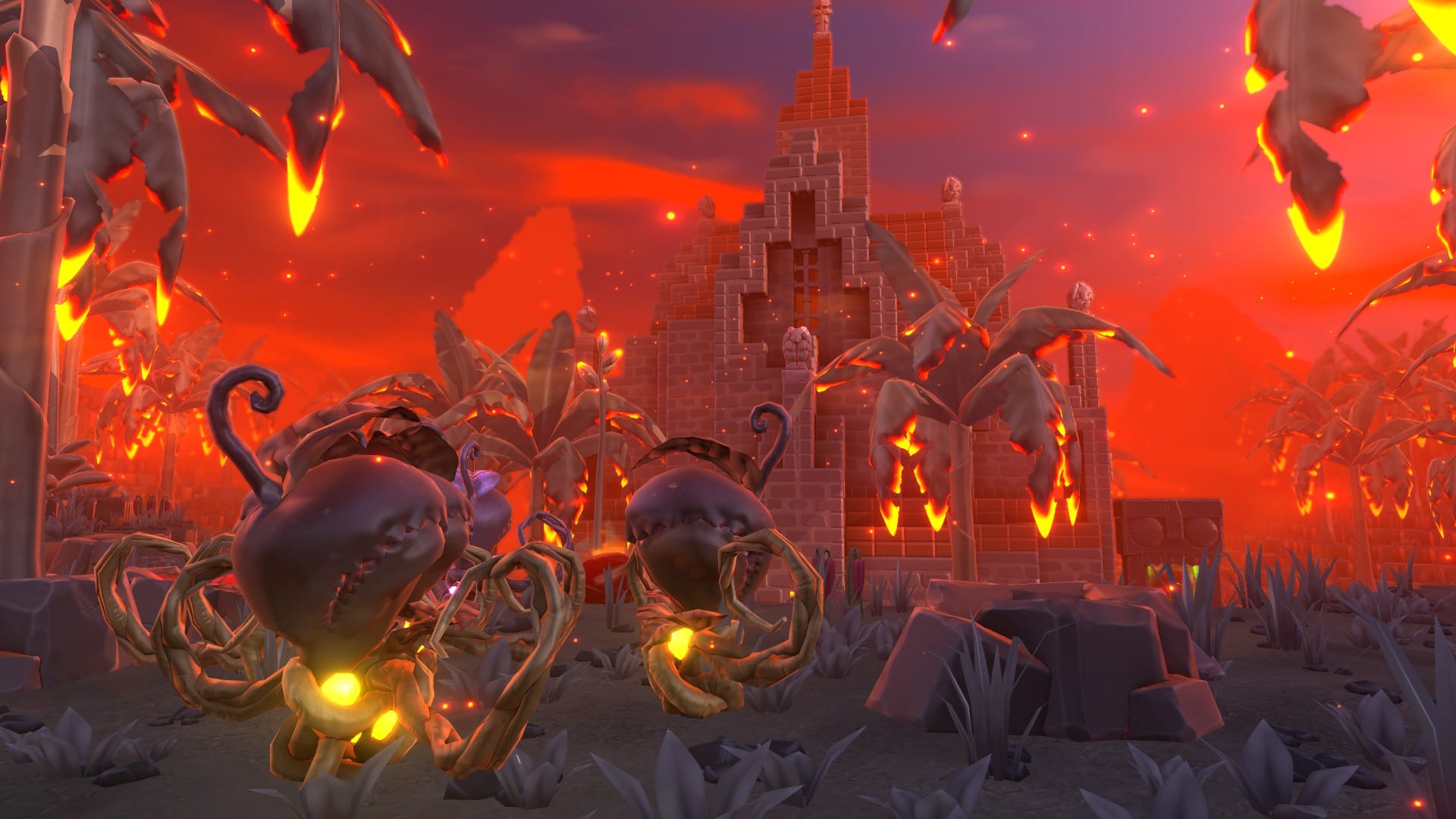
It was only later when I encountered a few tricky enemies that my current level of equipment wasn’t enough to overcome did I resort to mining and crafting myself better gear from the resources I had managed to collect. Even then the penalty for death in Portal Knights is pretty forgiving and upon dying you don’t lose any items, instead seeing a slight drop in experience and the loss of a few coins which can be used to buy certain items from NPC’s. I always found that this was quickly recouped by attacking more enemies anyway, so the biggest annoyance of death was the fact that you teleport back to the current world’s portal, which can be a pain had you fought your way through a large dungeon only to die at the last hurdle.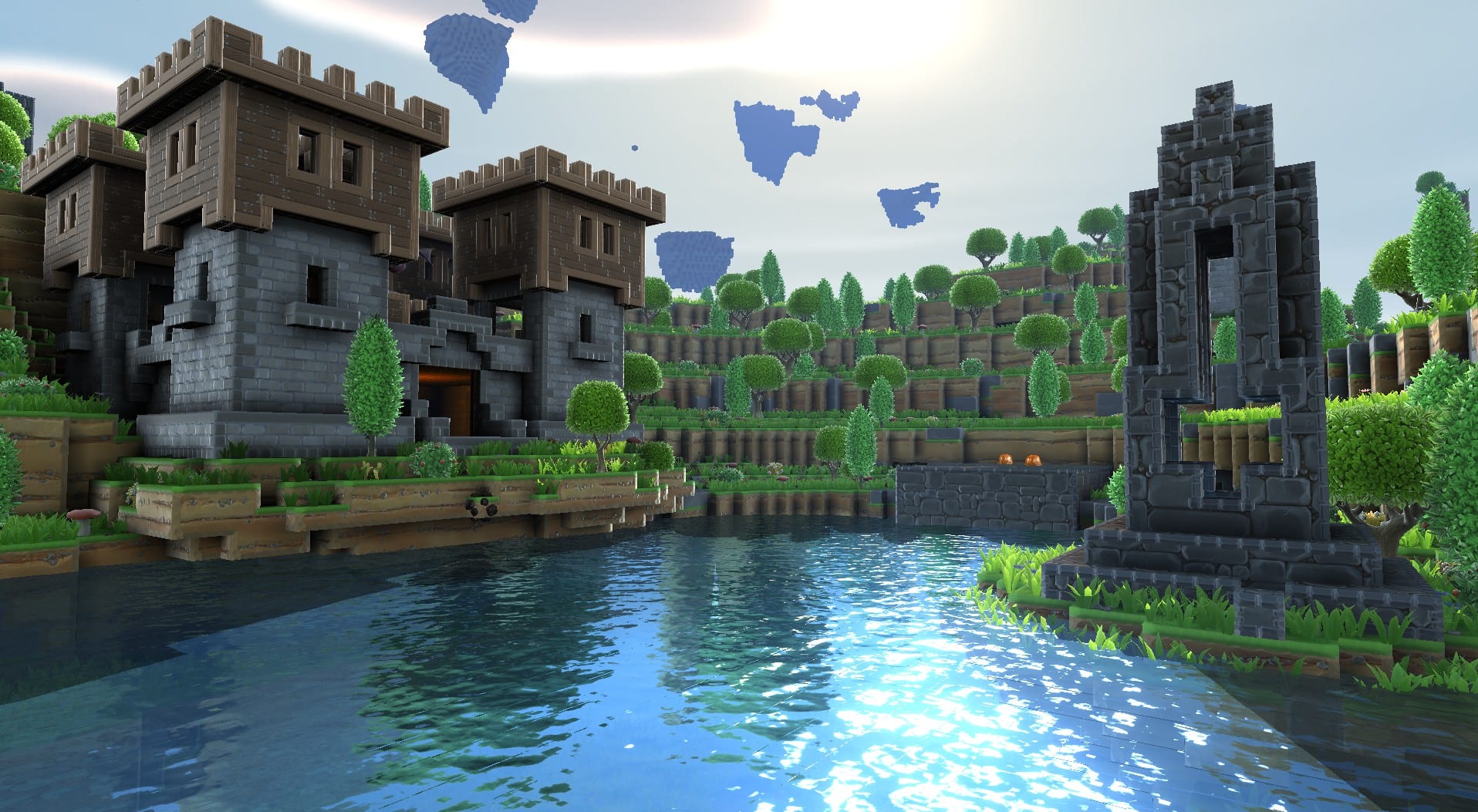
The whole pot of experience you gain is used to toughen up your character as you progress through the game, and this can be done in a variety of ways. The most obvious of these is by crafting better equipment that might offer better protection from an enemies attack, or afford buffs such as a health or mana bonus. Another way that gaining experience works, and a one that RPG fans will be familiar with, is by adding points to various attributes that cover certain skills of your character – health, strength, accuracy and the such. As well as these attributes that form the base skills of your character, each class has specific ones that they can use, in the form of a character tree that unlocks new bonuses, called talents, as you hit specific levels. Your chosen class will obviously influence where you spend these points, but when this idea is tied in to the fact that Portal Knights offers up a multiplayer element that works alongside the single player game, the potential for fun increases ten fold. With my early review copy this was something I was unable to try out, but it’s benefits are obvious – exploring and building is only going to be better with friends, and if you’re all playing as different classes, you can each offer buffs and support in ways that are not possible by playing alone, and some of the attributes that you are able to apply your character actively encourage this.
Another bonus that the multiplayer aspect offers is in the random events that pop up sporadically across the varying worlds you have discovered. These flag up on the map screen as you travel between each world, and a notification alerts you to which world each event is active on. I managed to complete a few in the many hours I have spent with Portal Knights, and the activities they encourage range from finding a particular item or defeating a certain amount of enemies. Similar to this, some worlds contain bosses that will drop rare recipes upon their defeat, and although it is possible to defeat enemies solo, there is bound to be a certain satisfaction in taking down a large boss as a group of four.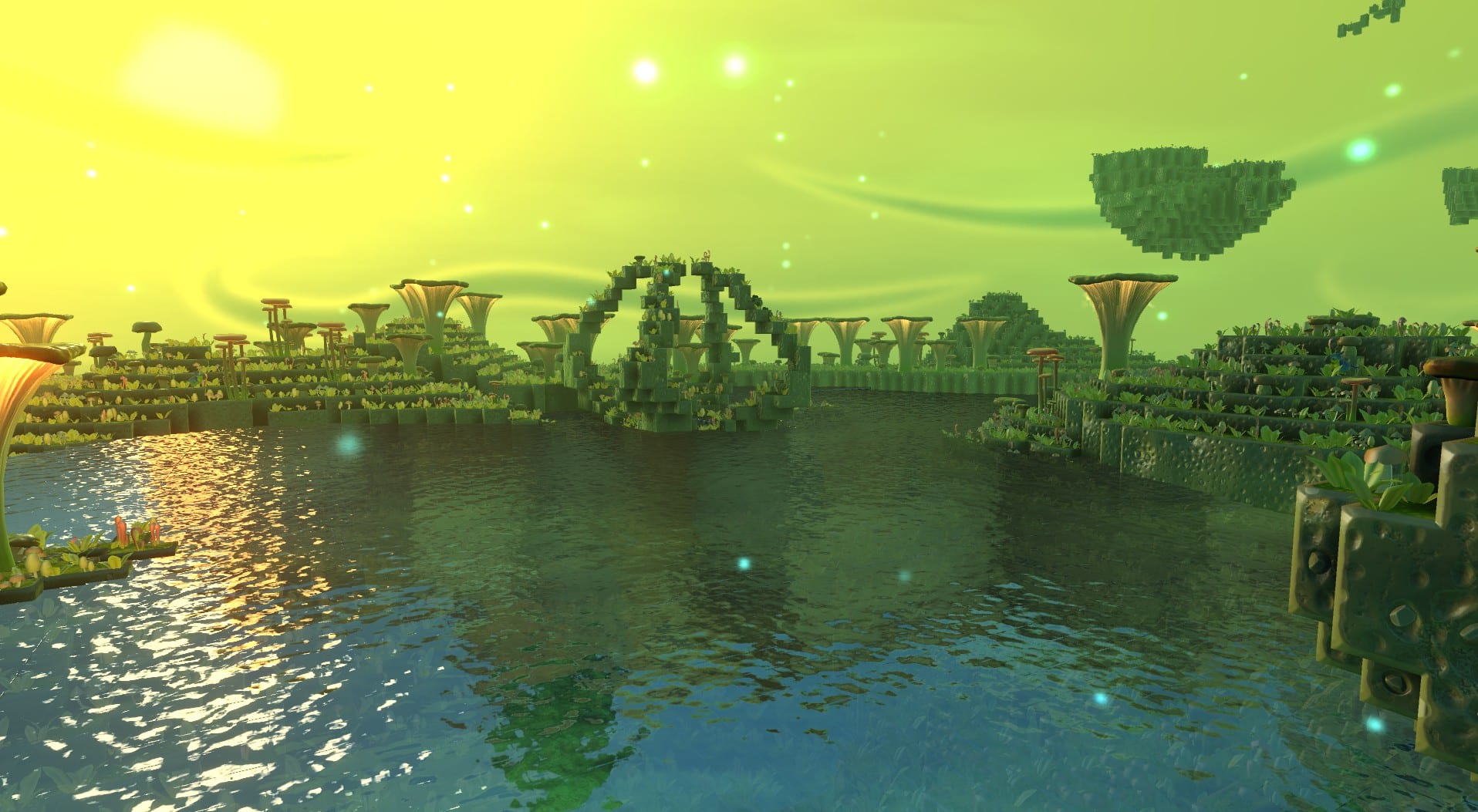
During my time with Portal Knights I did come across a few technical issues that will no doubt be ironed out, such as the sound cutting out during certain tasks, which does grate once noticed, and some fiddly camera positioning when locking on to enemies in tight spaces, but these are minor complaints and can be largely overlooked. Out of my minor complaints the potentially most annoying one I found was in locating portals to hop from world to world – some are out in plain sight, but others take a fair bit of searching; one I found tucked away in a dungeon, and another hidden in a small cave that was barely big enough to contain it. This clearly adds a few extra hours gameplay in hunting them down, but when I spent ages hunting for a portal to jump to the next world in the chain it was because the current worlds I had discovered didn’t offer me the resources I needed in order to enhance my gear, and the thrill of locating a new portal quickly transformed into frustration at not knowing if it was above ground or hidden under a mound of blocks.
Overall I did have fun with Portal Knights, and it did make me stay up well past my bedtime on more than one occasion which to me is one of the greatest endorsements I can give any game in my collection. If you like the whole mining and crafting genre you could do far worse.
Portal Knights PS4 Review
-
Overall - Fantastic - 8.0/108/10
Summary
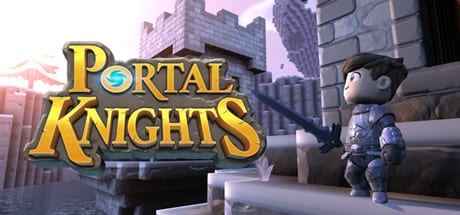
Portal Knights shows that there is still life in the sandbox-crafting game beyond Minecraft, combining some light RPG elements with enjoyable exploration and dungeon crawling gameplay makes Portal Knights stand out from the crowd. When you throw in the fact that it can be enjoyed solo or with friends there are plenty of other games out there that could learn a thing or too in how a simple looking game can hide a magnitude of depth.
Review Disclaimer: This review was carried out using a digital copy of the game provided by the publisher. For more information, please read our Review Policy.
*Reviewed on a standard PS4


